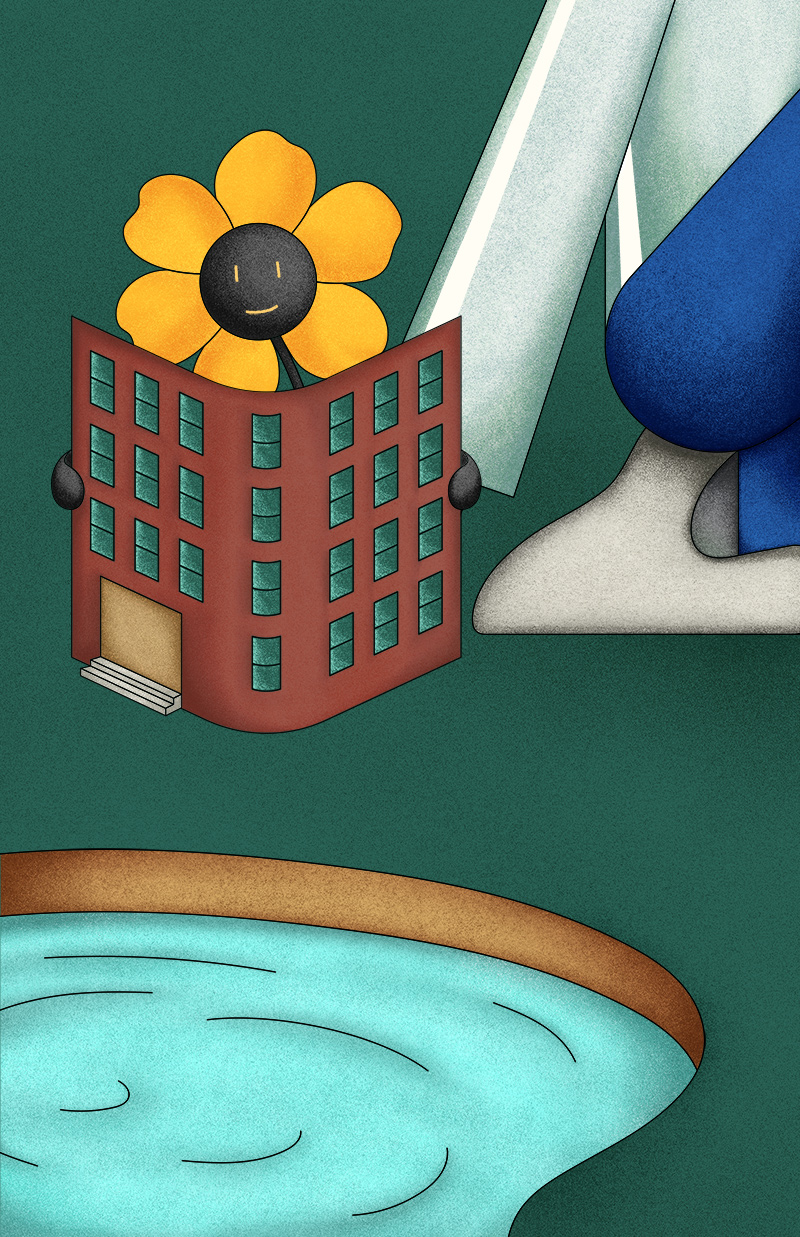
Social Emotional Learning
Social Emotional Learning (SEL) is the process through which children and adults understand and manage emotions, set and achieve positive goals, feel and show empathy for others, establish and maintain positive relationships, and make responsible decisions.
Also known as “emotional intelligence,” SEL has five core concepts; you can read more about each one below and discover ways to incorporate them into academic and unstructured class time:
Relationship Skills
If we look at ourselves, our classrooms, schools, and communities at large, all of their success depends on relationship skills. For example, conflicts of any kind, personal and political, give us an opportunity not only to explore the issues surrounding a disagreement but also to seek ways to repair the damage and prevent conflicts in the future.
Building positive relationship skills goes beyond learning to say “please,” “thank you,” and “I’m sorry.” It involves deeply understanding someone else’s contexts and needs, non-verbal communication, and the bravery to articulate one’s own opinions and boundaries.
Constructive communication in class can be cultivated in both social and academic contexts. One method that can be used in class for students to give constructive feedback and take responsibility for themselves is the “Critique Sandwich on Compliment Bread.”
The Critique Sandwich on Compliment Bread is a K-12 variation on professional artist crits, where creative makers receive critical feedback on their work from peers.
Self-Management
Self-management is the ability to look at yourself objectively, control impulses, and regulate reactions to feelings and the things happening around you. The concept of self-management does not just apply to emotional health; it also influences cognitive ability. The ability of young people to self-manage their feelings and behaviors helps them calm down after something exciting or upsetting.
Self-management is essential to Social Emotional Learning. It builds the ability to sit and listen in the classroom, take turns in discussion, express emotions in appropriate ways, and become more independent. If a student can manage their stress in new situations, they will make better behavioral decisions.
Using a daily check-in tool like the CIS Mindset Map will lead to using mindfulness―awareness of a present moment. Mindfulness is vital to self-management―for yourself and students! So... how are you? Consider taking 5 minutes for Self-Care to help check-in with yourself.
Self-Awareness
Self-Awareness can mean moment-to-moment recognition of our emotional and energetic state. Recognizing a feeling helps us to learn better and sometimes leads us to self-manage our reactions. Additionally, Self-Awareness refers to a broader view of our role in the community.
Through SEL, students self-reflect:
- “Do I observe and listen more than I speak? Or do I speak more than I listen?”
- “How do I support the group?”
- “What type of support do I need, and how can I ask for it?”
- “What is the tone of my voice in certain situations, and how does it affect the environment?”
- “Am I a leader, or more comfortable in a support role?”
Group work and critical reflection, such as collaborative projects and problem-solving approaches to curriculum, are some examples of how students can gain greater awareness of themselves. SEL assignments highlight areas where they can grow, as well as the strengths that they contribute to the group. Similarly, peer mentorships and support networks bolster students’ abilities to provide support to others.
Responsible Decision-Making
SEL fosters the ability to make constructive and respectful choices about personal behavior and social interactions. Adjusting lesson plans to incorporate creative and collaborative approaches to class subjects – such as the Jury Activity – encourages students to put themselves in the shoes of historical figures, their classmates, their family, or their neighbors.
As educators, we aim to foster in young people a sense of self-value and value for their community, which will affect the decisions they make. An inquiry-based curriculum focuses less on getting students to find the “right” answer, and more on how to approach problem-solving by analyzing historical contexts, available resources, others in the group, and potential outcomes. Responsible and safe decision making in school relationships will ripple into the community at large.
Social Awareness
Growing up is not an experience that tends to draw our attention outward toward others. But understanding our peers and the environments that we share is at the core of emotional intelligence. When we understand the social spaces that we share, we become conscious of our own potential to impact it.
Creating a Community Agreement is an opportunity for students to get to know each other while they share a space. It also gives you as a teacher the chance to set the standard for the classroom environment you want.
A Community Agreement is a collaborative, social contract. Before engaging in group work, all participants (students, teachers, peers) establish norms within the context of the space (remote or in-person) that everyone can agree to uphold. This fortifies not only understanding of each other, but also accountability. Having a sense of ownership over the classroom will likely encourage participation in activities.
Some considerations to establish an agreement can be:
- How do we learn and work best?
- How can I support an environment that is ideal for my learning and working?
- How can I support an environment that is ideal for my students’/ classmates’ learning and working?
All five of SEL's core concepts are inextricably linked. Students cannot maintain healthy relationships if they aren't self-aware or able to self-manage (self-regulate), and healthy relationships support responsible decision making, etc. Social Emotional Learning activities aimed at one concept will invariably support all five and will enhance learning in all academic subjects.